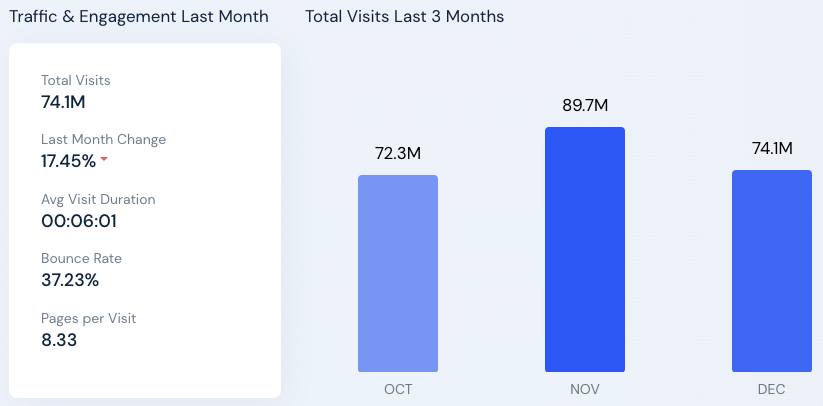Digital window shopping: the act of browsing an online store with no direct intention of making a purchase.
With the pandemic keeping people at home, consumers have switched from the store to the sofa. As a consequence, digital window shopping has exploded.
A recent survey found that people browse products more frequently online than in-store, while another showed that the average shopper leaves more than £100 worth of goods in online shopping baskets every month.
Online retailers are obsessed with conversion rates, and they know all too well that consumers can spend hours browsing before they make a purchase (if they ever do). But what e-retailers may not realise is that window shopping provides another incredibly lucrative opportunity: digital advertising revenue.
Demand for data
The recipe for selling ads is relatively straightforward. Impressions + user data = revenue. And online retailers, particularly fashion retailers, have both impressions and actionable user data aplenty. ASOS, for instance, rakes in around 75 million visits to their site every month, with users viewing an average of 8 pages over 6 minutes. For comparison, a leading news website like the BBC has an average visit time of 5 minutes and 3 pages.

While a digital fashion retailer that only sells its own products (think H&M’s webshop) has little incentive for their users to click ads that direct them away from the storefront, retailers who represent multiple brands (such as ASOS or Zalando) are well-positioned to take advantage.Â
Two profitable strategies present themselves.
Owning the supply chain
First, such retailers can create their own in-house marketing tools that allow their partner brands to promote their products within the platform. That ensures a) brand-safety and relevance and b) that users clicking on ads remain on the website. This is the digital equivalent of in-store advertising, as practiced for decades by grocers and supermarkets.Â
The second strategy is to sell ad space to the open market. While the drawback is that users will be relocated away from the retailer’s own website, this is more than compensated for by the potential revenue generated by the massive digital ads market. Ad space could be sold programmatically, and complemented with a brand-owned self-serve campaign platform.Â
Relevance = Conversion
One of the most powerful features of a brand-owned ads platform is that by ensuring higher ads relevance, conversion rates are typically much higher than industry averages. That allows the retailer in question to charge a premium rate, because both the quality and quantity of clicks and impressions are high.Â
Digital fashion retailers should consider whether the impressions and data they sit on could be their next massive source of revenue. As reported by AdExchanger:Â these days, everyone’s starting an ads business.Â
